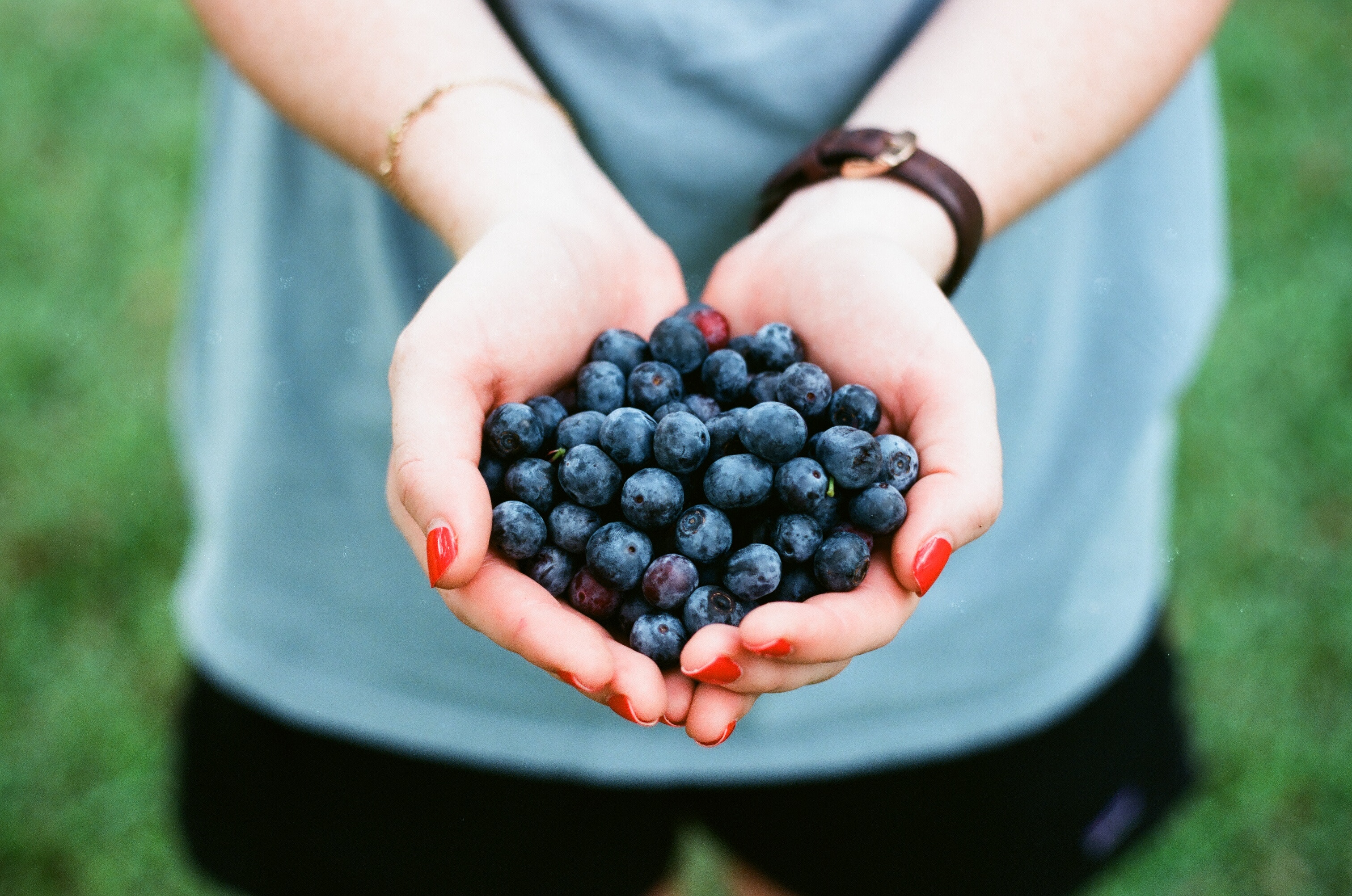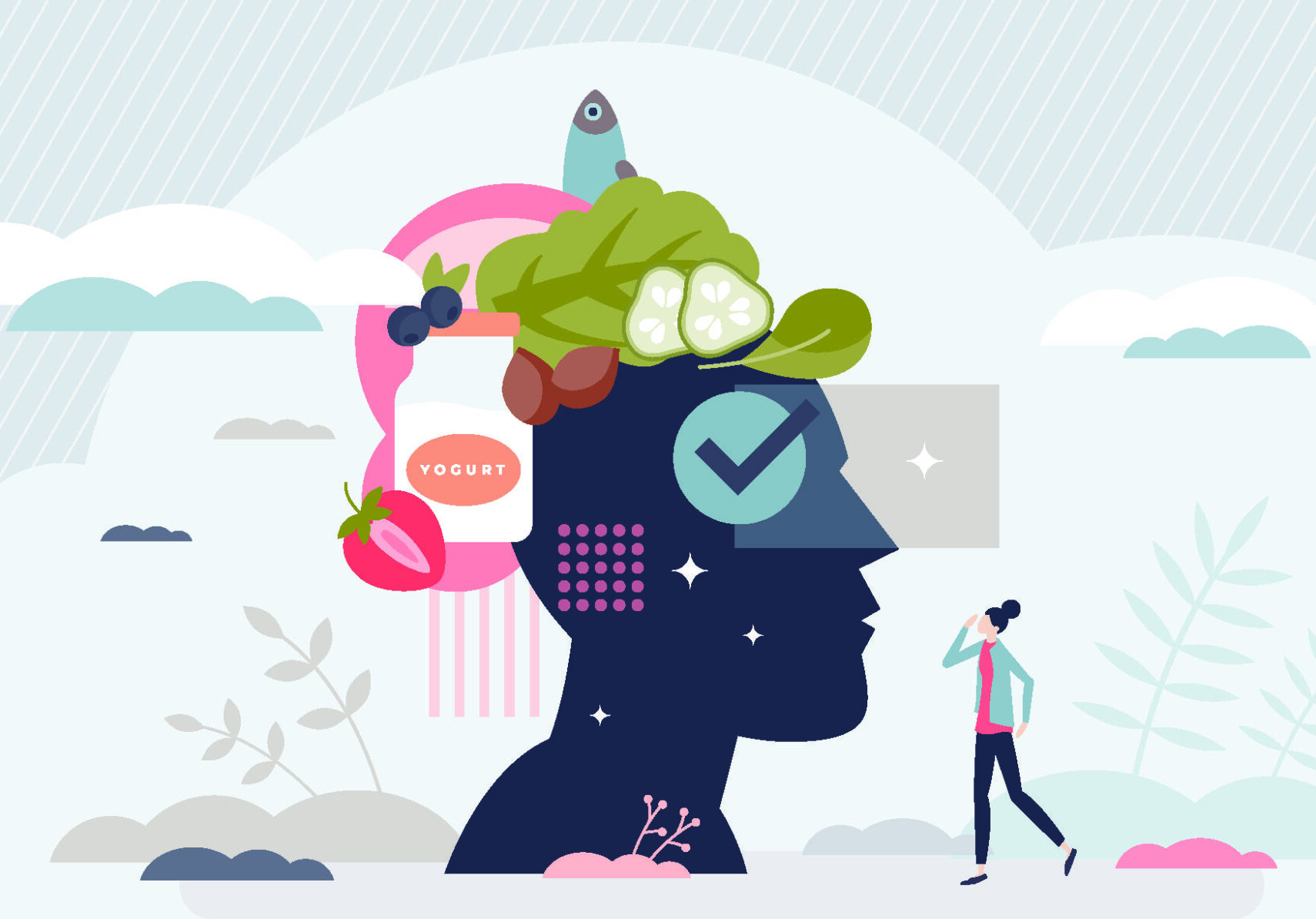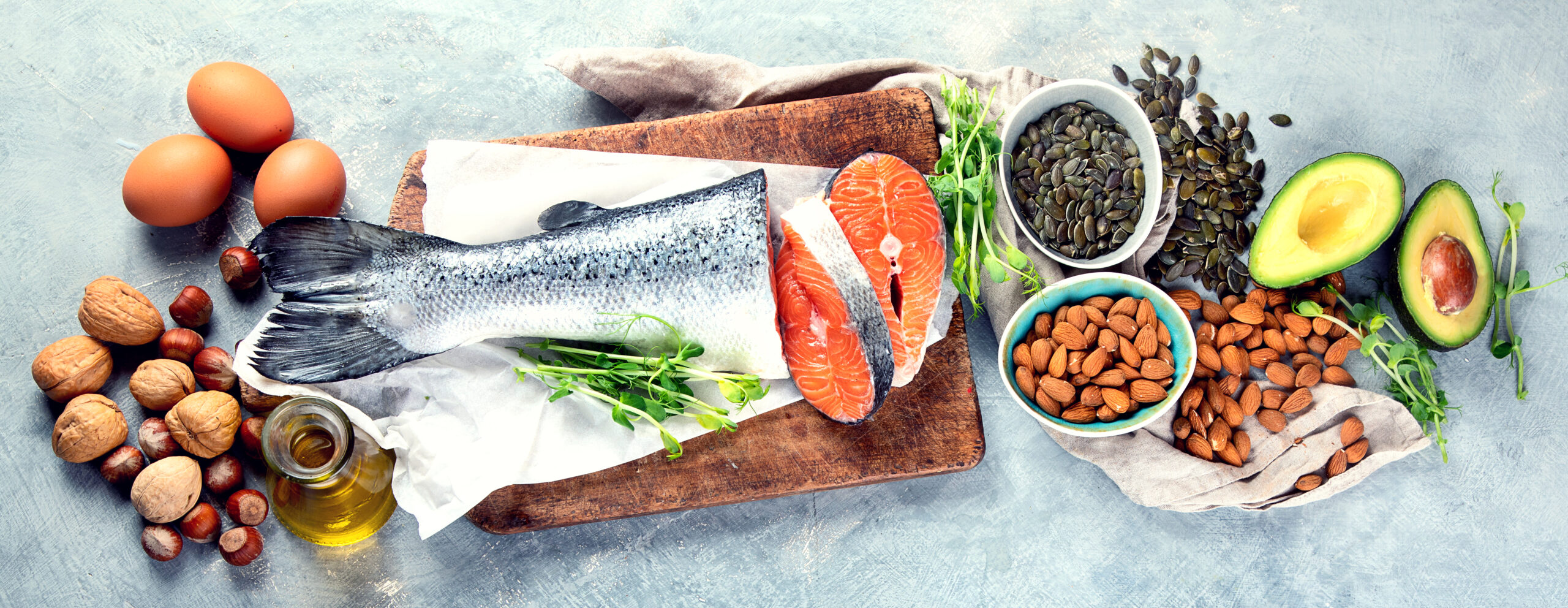Human bodies change as we age. Metabolism slows, so it becomes easier to put weight on and harder to take it off. Hormones also start shifting in your 40s, so once you pass that benchmark it is important to consider some changes to your diet. What helped you maintain a healthy lifestyle when you were younger quite likely will no longer work after you turn 40. Also, as you move into, through and beyond your 40s, the risk of heart disease and cancer increases—so maintaining a healthy diet becomes very important to help fend off both.
Some suggestions may appear to be counter-intuitive. Most people have heard that “bread is bad for you,” especially in large quantities. But whole grain breads, in moderation, contain a type of Vitamin E that can help lower the risk for degenerative brain conditions that are correlated with aging, such as Alzheimer’s.
By now, most people have also heard of so-called “super foods.” One of the most talked about is kale. It is loaded with an antioxidant that helps the body turn glucose into energy. That helps with maintaining healthy blood sugar levels. The same antioxidant, alpha-lipoic acid, has been shown to help lower rates of stroke, glaucoma and diabetes.
Also, red or “reddish” fruits and vegetables should be put on your must eat list. Red bell peppers, papaya, pink guava, watermelon and, of course, tomatoes are good sources of lycopene. Lycopene and beta carotene, another antioxidant found in these fruits and vegetables, have been shown to have potent anti-cancer properties. Pro tip: cooking certain fruits like tomatoes (yes, it is a fruit, not a vegetable) can help the body more readily absorb the antioxidants.
Orange fruits and vegetables, such as pumpkin (fruit) and carrot (vegetable) are also rich in carotenoids like beta carotene. Again, carotenoids are good cancer fighters, particularly breast cancer. Dark leafy greens and yellow or purple vegetables are also sources carotenoids, but the best sources are carrots and canned pumpkin.
When it comes to cooking and preparing food, use plant- based oils. Sunflower and soybean oil contain decent amounts of polyunsaturated fats—good fats that help fend off diabetes—but the best source is olive oil.
Another good source of polyunsaturated fats is nuts. Walnuts and sunflower seeds are the best sources of the good fats, but flaxseed, pine nuts, sesame seeds, and chia seeds are also good sources.
For the over 40 crowd, fish is an excellent dietary choice. Lake trout, sardines, herring and mackerel offer great heart protective benefits, but fatty fish like salmon are the best at protecting the ticker.
The primary benefit of berries is contributing fiber to the diet. Most people ingest less than one third of the recommended daily fiber consumption, which is to 20 to 30 grams per day. Underconsumption of fiber can lead to digestive and gut health issues. While most berries are good sources of fiber, raspberries carry the day with about 8 grams of fiber per cup. And when it comes to fiber, also think legumes. Split peas and lentils are the best sources in the legume family.
Finally, don’t overlook the dietary magic of avocados. Avocados are chock-full of healthy fats that offer the nifty benefit of hunger suppression. They are also ridiculously versatile as a food stuff. They can be used as spread on things like toast, in salads, on sandwiches and burgers, in guacamole or other dips, and of course, on their own with a little seasoning or lemon juice.








Leave A Comment